Deadly Military Uniform Designs That Ultimately Got Soldiers Killed
There have been a number of times when fashion outweighed function when it came to military uniforms, sometimes leading to deadly results. The shortfalls that occurred were oftentimes known, but, in some instances, the issues plaguing them were a total mystery. Below, we explore six uniform elements that caused many servicemen to perish while on the battlefield.
Neck stock
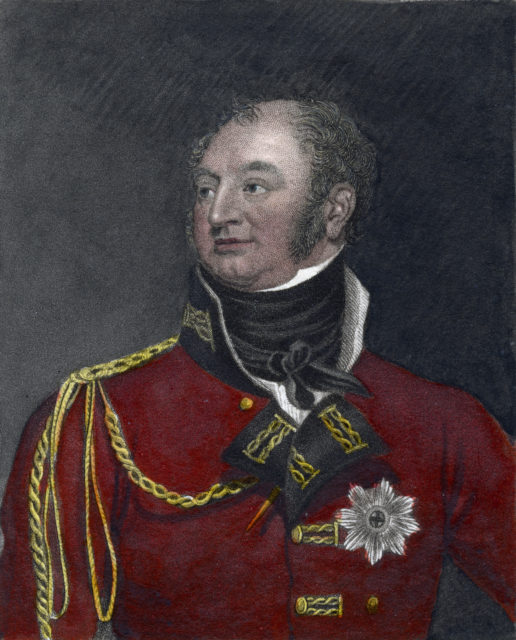
The neck stock was a removable component of European soldiers’ uniforms during the 18th and 19th centuries. They were made of horsehair, whalebone or stiff leather, and wrapped around the neck and under the chin. Its ability to be easily replaced deemed it a suitable addition to uniforms, and the piece’s stiffness forced a soldier’s chin up, improving his posture.
Unfortunately, the stiffness of the neck stock was also its demise. It dug into a soldier’s neck and chin, making it uncomfortable. As well, it caused a loss of agility and awareness, and made it near impossible to look down the sight of a musket – all of which are things you don’t want to have happen in the middle of battle.
Due to this, the neck stock was among the most deadly aspects of a soldier’s military uniform and was subsequently discontinued.
Hessian headgear
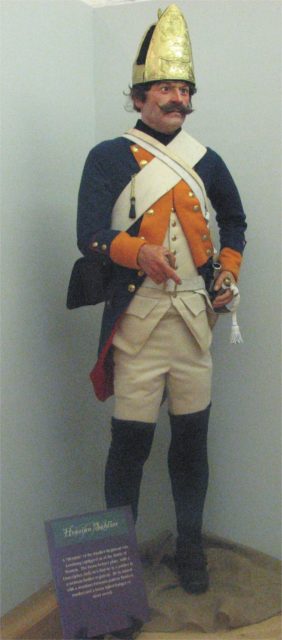
Hessians were German soldiers hired by the British as an auxiliary force during the American Revolution. Despite fighting alongside the British, who traditionally wore read coats (more on that in a minute), they wore their traditional uniforms, including tall headgear adorned with medals.
Although these helped to distinguish the Hessians from the British, they also drew a lot of attention. Gold and silver plates positioned along the fronts of the headpieces were easily spotted by American soldiers, and their height often caused them to catch on tree branches. While the latter was more of an inconvenience than anything, the former could prove deadly.
Red coats
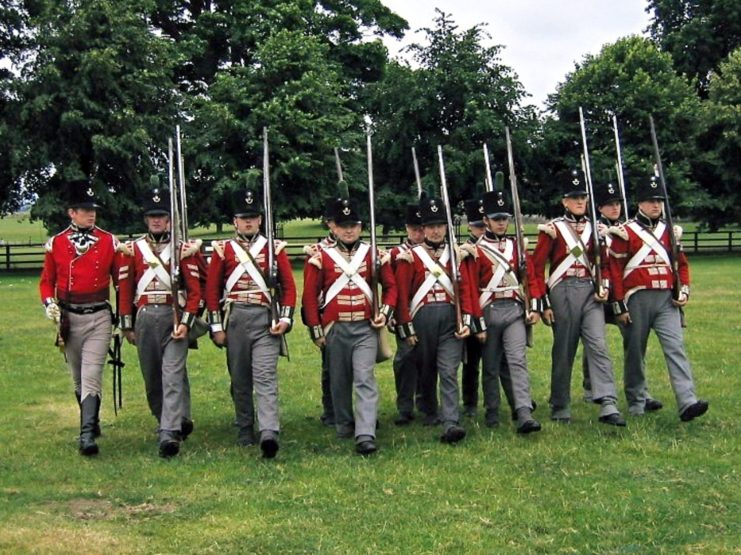
British soldiers during the Revolutionary War could be easily identified by their bright red coats, which they wore as a part of their uniform (hence the nickname “Redcoats”). The hue helped comrades identify each other through the smoke of gunfire and was believed to make the British look intimidating, complimenting their perceived power.
While their red military uniforms made it easier for soldiers to identify friend from foe, they also made the British easier to spot, which proved deadly during encounters with the Continental Army. They were unable to hide or launch surprise attacks, and the coats themselves were made of a heavy wool material, which was both itchy and uncomfortable.
Cardboard shoes
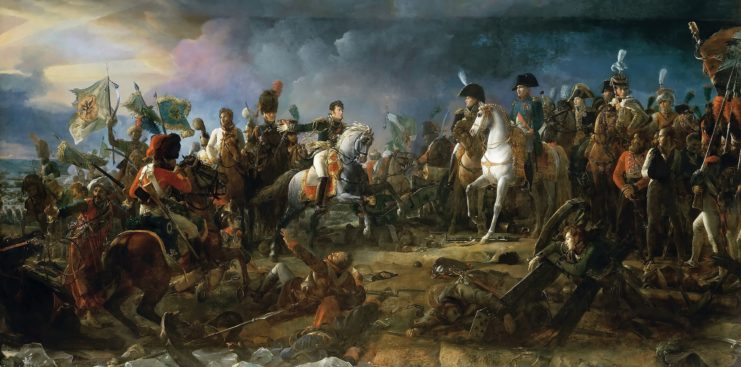
Wartime often means rationing, with supplies becoming tight as they’re allocated for use in the war effort. When the necessary items run out altogether, adjustments have to be made. That’s how cardboard shoes came to be issued to soldiers in Napoleon Bonaparte‘s Grande Armée.
To make up for the lack of supplies needed to produce service boots, the French soldiers were supplied with faux leather boots with cardboard soles used in place of real leather. Not only impractical, this part of their military uniform was also deadly, as the shoes weren’t properly insulated, leading to severe cases of frostbite in the freezing outdoor temperatures.
World War I headgear
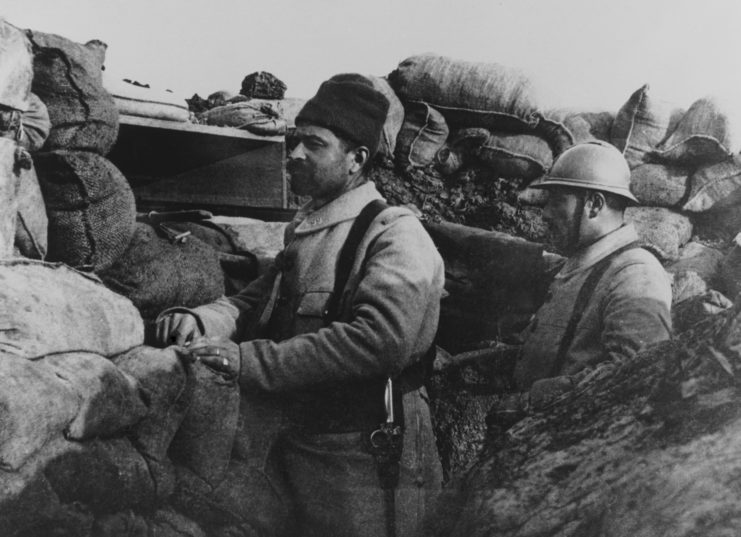
Upon the outbreak of the First World War, the idea of death by shrapnel was far from anticipated. Unaware of what they’d encounter during the trench warfare that came to define the Western Front, British soldiers were deployed with soft caps. While the trenches could protect them from enemy gunfire, the caps they wore did virtually nothing to protect against shrapnel.
It only took one year for Britain’s War Office to develop a new type of military headgear that would reduce the amount of head injuries being suffered. The “Brodie” helmet was the soft cap’s replacement, and soldiers began receiving it in the summer of 1916. While made of steel, it still wasn’t the safest, as it left a soldier’s neck and the lower portion of the head exposed. As well, the metal reflected light, which played tricks on the eye.
Le Pantalon Rouge
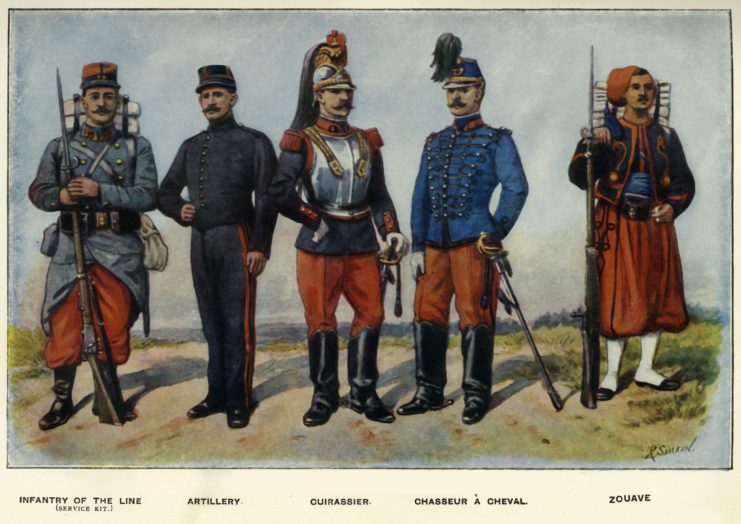
More from us: Did Tin Buttons Cause Napoleon’s Army To Retreat From Russia?
The French Army had worn red pants as early as 1829, and while a number of countries had abandoned the color in favor of something less distinguishable, the French continued to don their red attire up until 1914.
When WWI began, the French Army suffered numerous casualties, as they were unable to mount surprise attacks or hide with their bright red pants, which stuck out against the mud of the battlefield. However, when Minister of War Adolphe Messimy suggested that the trousers were the problem, he was met with intense resistance.
It took thousands more deadly encounters for the military to change up its uniform and allow soldiers to wear blue bottoms.
The post Deadly Military Uniform Designs That Ultimately Got Soldiers Killed appeared first on warhistoryonline.
Post a Comment
0 Comments